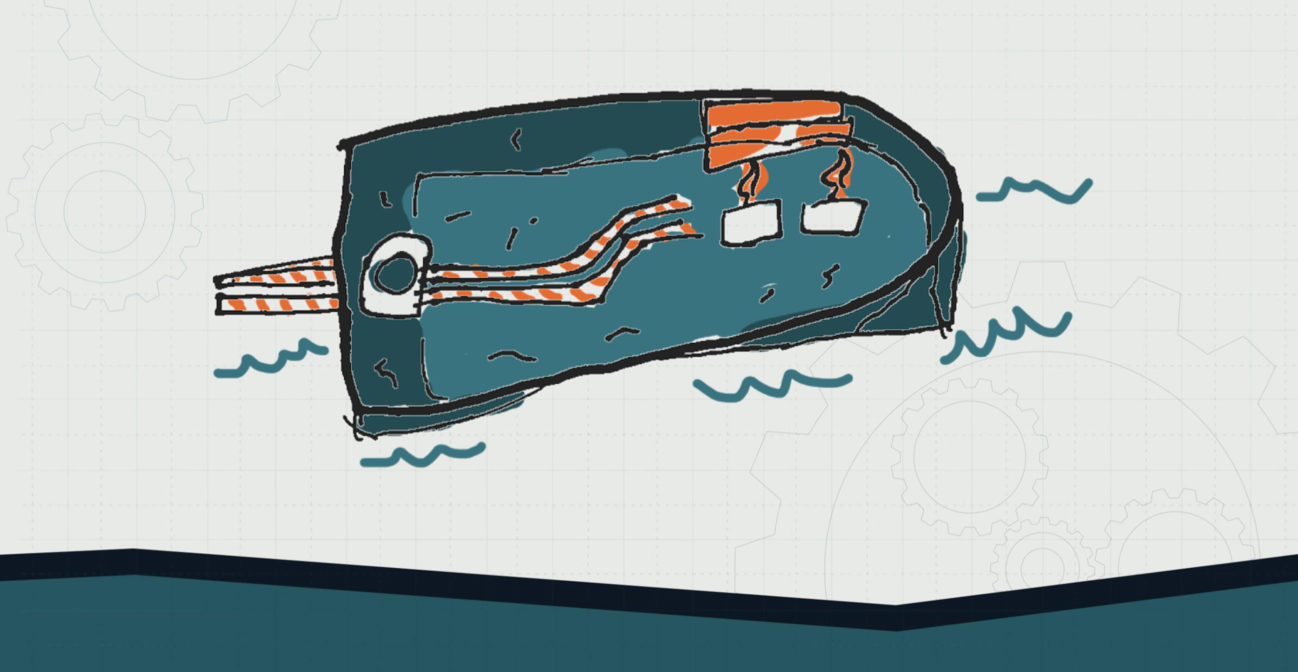Join us for conversations that inspire, recognize, and encourage innovation and best practices in the education profession.
Available on Apple Podcasts, Spotify, Google Podcasts, and more.

MIDDLE SCHOOL – LEVEL 3
Steam engines are external combustion engines that perform mechanical functions, using steam as their working fluid. The Put-Put boat is a an experiment in steam power. Using simple materials that are easily sourced, you can build a miniature steam boat that will propel itself around a body of water.
MATERIALS NEEDED:
❏ Tin can
❏ Tape
❏ Bendy straws
❏ Candles
❏ Homemade toy boat
DIRECTIONS:
NGSS CONNECTION:
HS-PS3-1 Create a computational model to calculate the change in the energy of one component in a system when the change in energy of the other component(s) and energy flows in and out of the system are known.
HS-PS3-2. Develop and use models to illustrate that energy at the macroscopic scale can be accounted for as a combination of energy associated with the motion of particles (objects) and energy associated with the relative positions of particles (objects).
HS-PS3-3. Design, build, and refine a device that works within given constraints to convert one form of energy into another form of energy.*
HS-PS3-4. Plan and conduct an investigation to provide evidence that the transfer of thermal energy when two components of different temperature are combined within a closed system results in a more uniform energy distribution among the components in the system (second law of thermodynamics)
COMMON CORE CONNECTION:
ELA/Literacy
WHST.9-12.7 Conduct short as well as more sustained research projects to answer a question (including a self-generated question) or solve a problem; narrow or broaden the inquiry when appropriate; synthesize multiple sources on the subject, demonstrating understanding of the subject under investigation.
Mathematics
MP.2 Reason abstractly and quantitatively.
MP.4 Model with mathematics.
HSN.Q.A.1 Use units as a way to understand problems and to guide the solution of multi-step problems; choose and interpret units consistently in formulas; choose and interpret the scale and the origin in graphs and data displays.
HSN.Q.A.2 Define appropriate quantities for the purpose of descriptive modeling.
HSN.Q.A.3 Choose a level of accuracy appropriate to limitations on measurement when reporting quantities.